Our sense of smell connects directly to memory and emotion in ways other senses simply can’t match. A single whiff can transport us across time and space, evoking powerful feelings and memories we thought long forgotten.
For travelers seeking sensory experiences beyond just sightseeing, certain destinations offer extraordinary olfactory adventures that become the highlight of the journey. Here is a list of destinations around the world where distinctive natural scents become unforgettable parts of the travel experience.
Pacific Northwest Rainforests
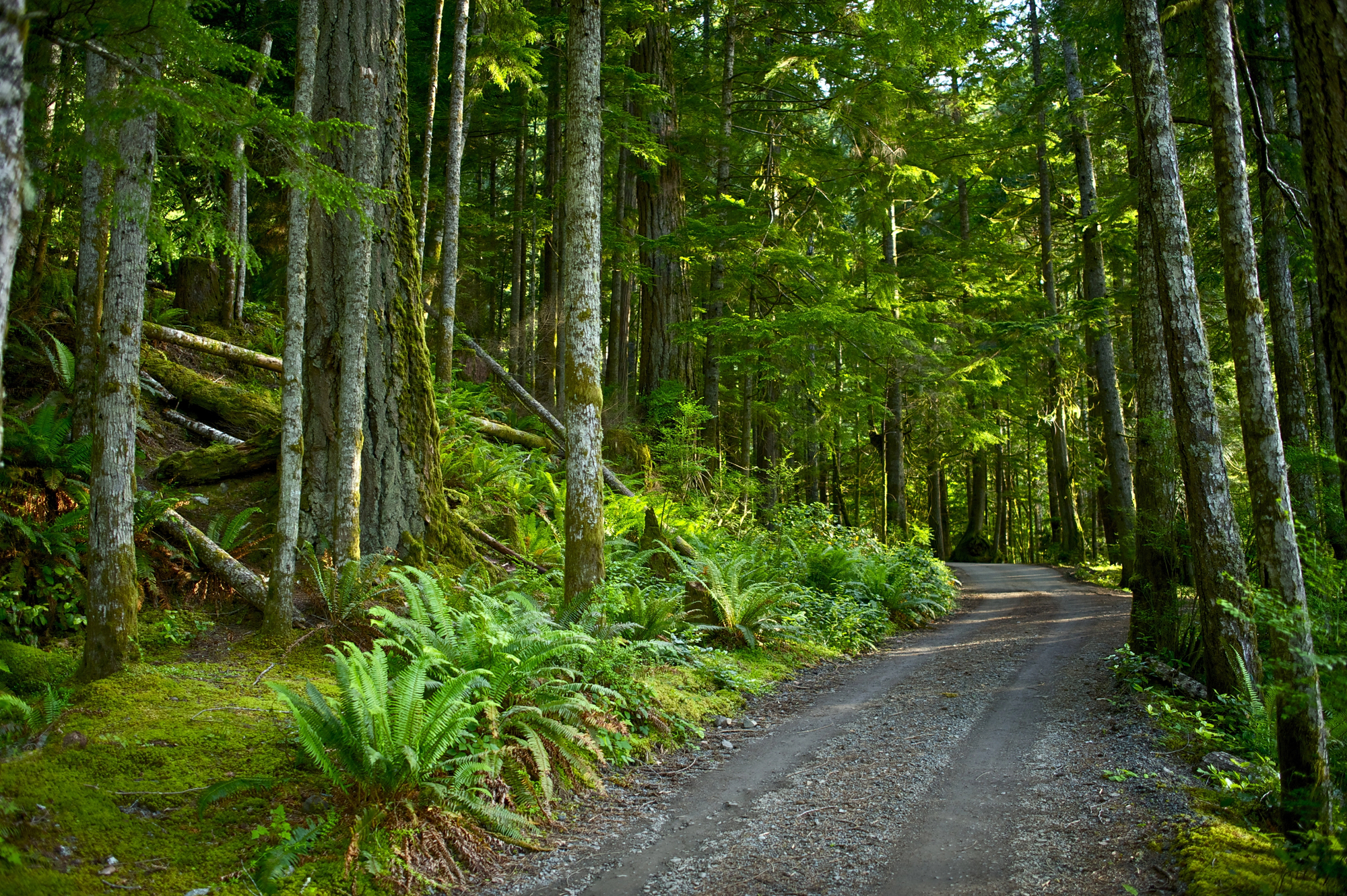
The temperate rainforests stretching from Northern California to Alaska offer a perfect combination of petrichor and forest aromas. Ancient cedars and Douglas firs release their oils into the constantly moist air, creating an intense woody perfume.
The forest floor’s thick carpet of moss and decomposing leaves adds earthy undertones that change with each footstep.
Kyoto Bamboo Forests

Japan’s famous bamboo groves deliver a uniquely clean, slightly sweet scent unlike any other forest type. The tall stalks release subtle fragrances that blend with the mineral-rich soil beneath them.
Early morning visits offer the strongest scent experience, especially after light rain, when the distinctive bamboo aroma intensifies noticeably.
Kerala Spice Plantations
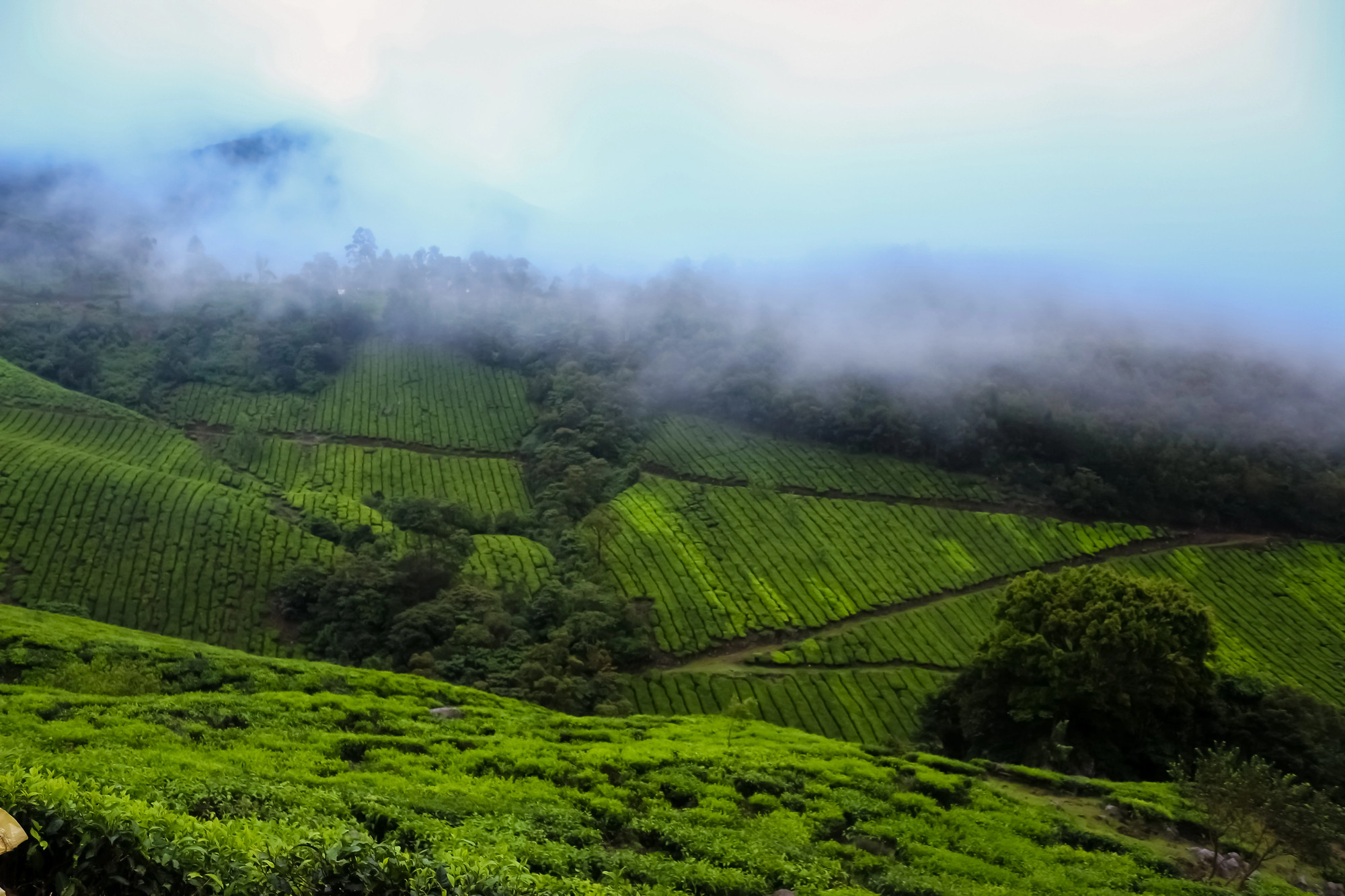
India’s southern state features hillsides covered with cardamom, cinnamon, clove, and pepper plants, creating natural perfume factories. Walking tours allow visitors to crush fresh leaves and smell the intense volatile oils at their source.
The combination of tropical moisture and spice creates a sensory experience impossible to replicate elsewhere.
Like Travel Pug’s content? Follow us on MSN.
Australian Outback After Rain

Few scents match the intensity of desert petrichor when rain hits the parched Australian landscape. The distinctive smell comes from plant oils released during dry periods, then washed into the air by rainfall.
Locals call significant rain events “good for the soul” partly because of this powerful, distinctive aroma that signals renewal.
Finnish Sauna Culture

Finland’s ubiquitous saunas feature carefully selected birch wood that releases distinctive aromas when heated. The tradition of throwing water infused with pine, birch, or eucalyptus on hot stones creates aromatic steam that fills the small wooden rooms.
Winter visits offer the full experience of stepping between the fragrant heat and the odorless cold of fresh snow.
Moroccan Cedar Forests
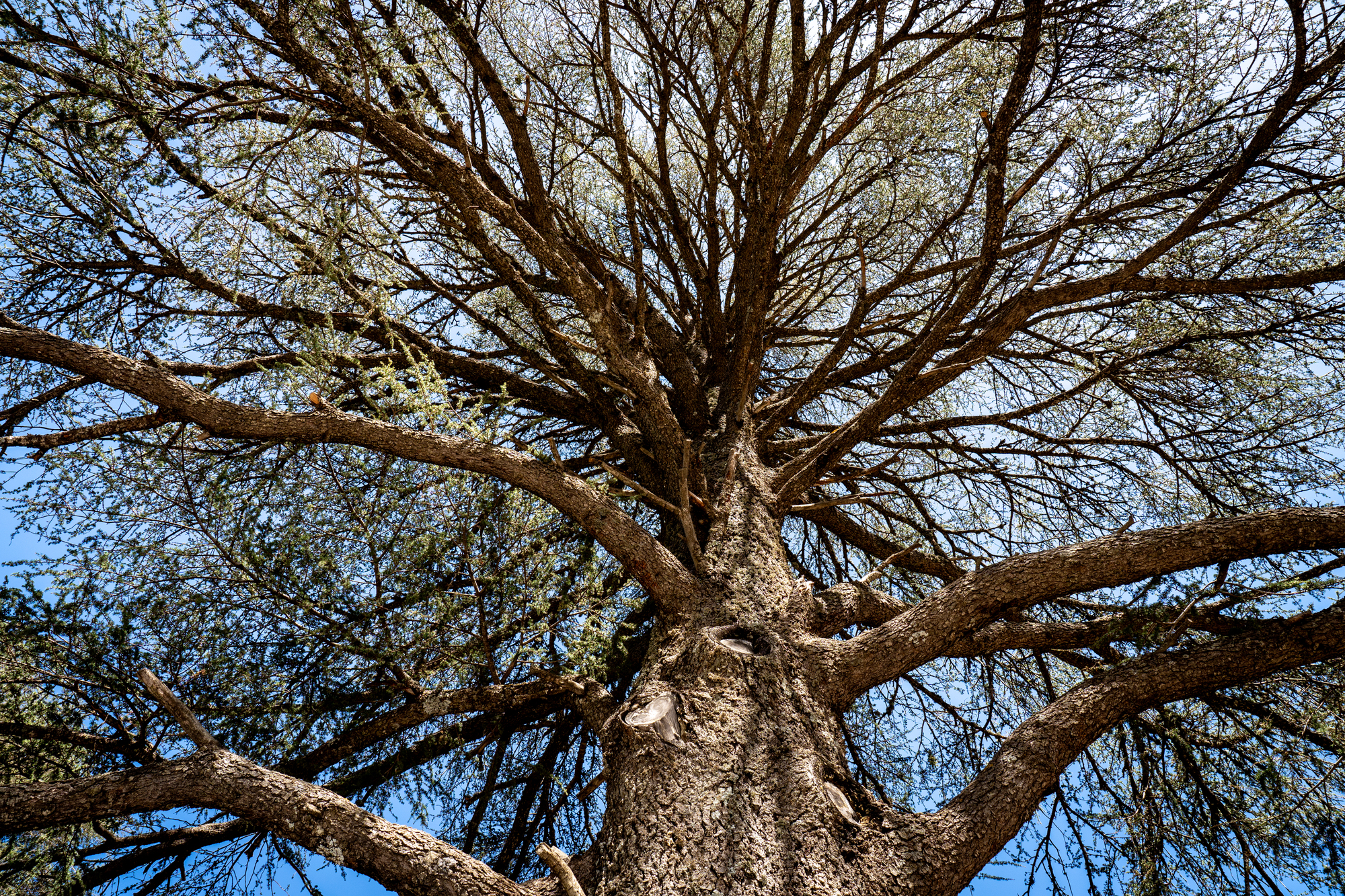
The Atlas Mountains contain ancient cedar forests where the Mediterranean sun bakes essential oils out of the trees. The warm, woody scent hangs in the air even when no breeze stirs the branches.
Local woodworkers craft items from the aromatic wood, with workshops that smell so intensely of cedar that the scent clings to visitors’ clothing for days.
Like Travel Pug’s content? Follow us on MSN.
Amazon Rainforest
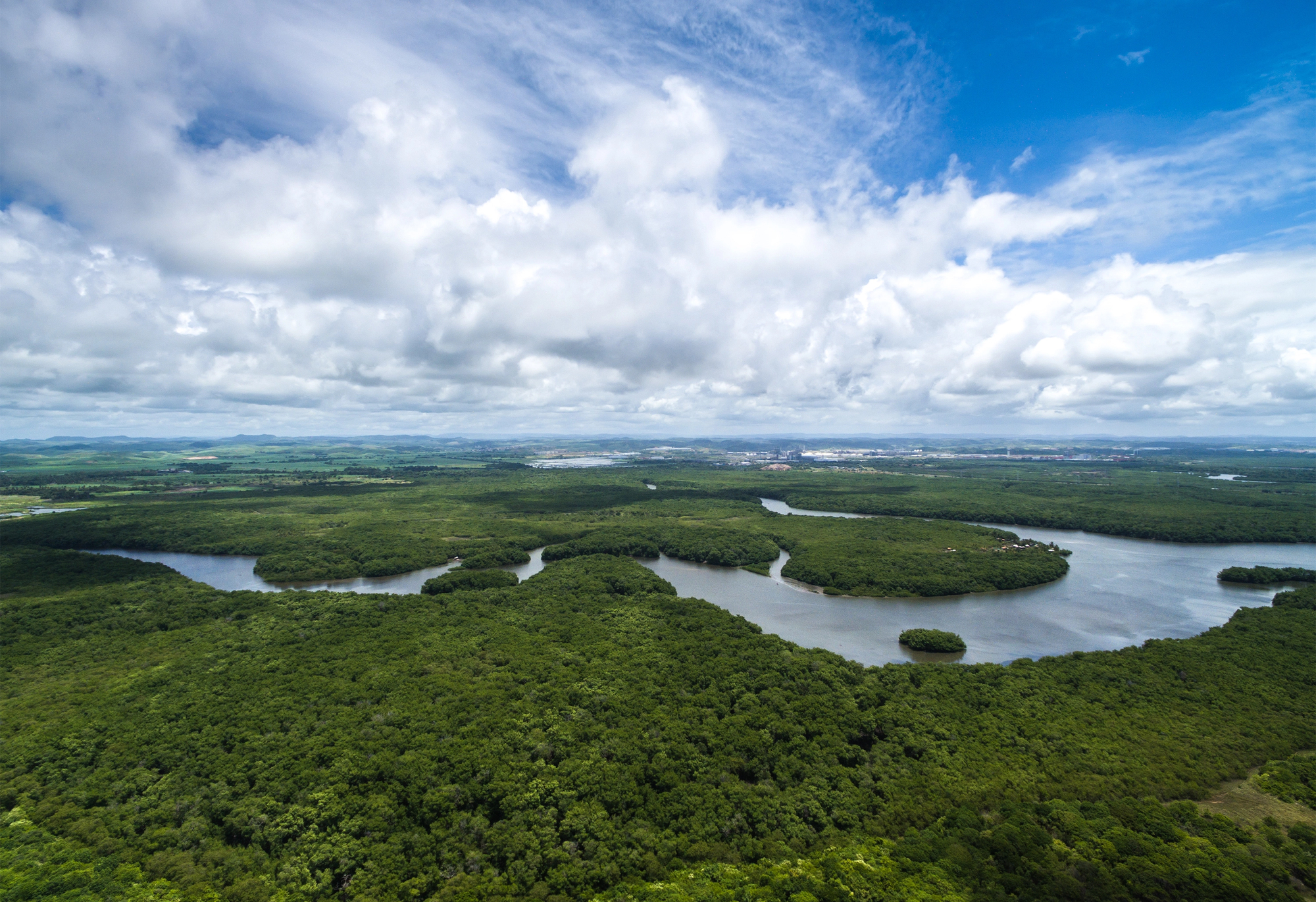
The world’s largest tropical rainforest creates countless microenvironments with distinctive scent profiles. Morning mist carries complex layers of vegetation, soil, and water scents unlike anywhere else on Earth.
The rainforests, after a downpour, delivers perhaps the most complex petrichor experience possible, with thousands of plant species contributing their distinctive aromas.
New Zealand Beech Forests
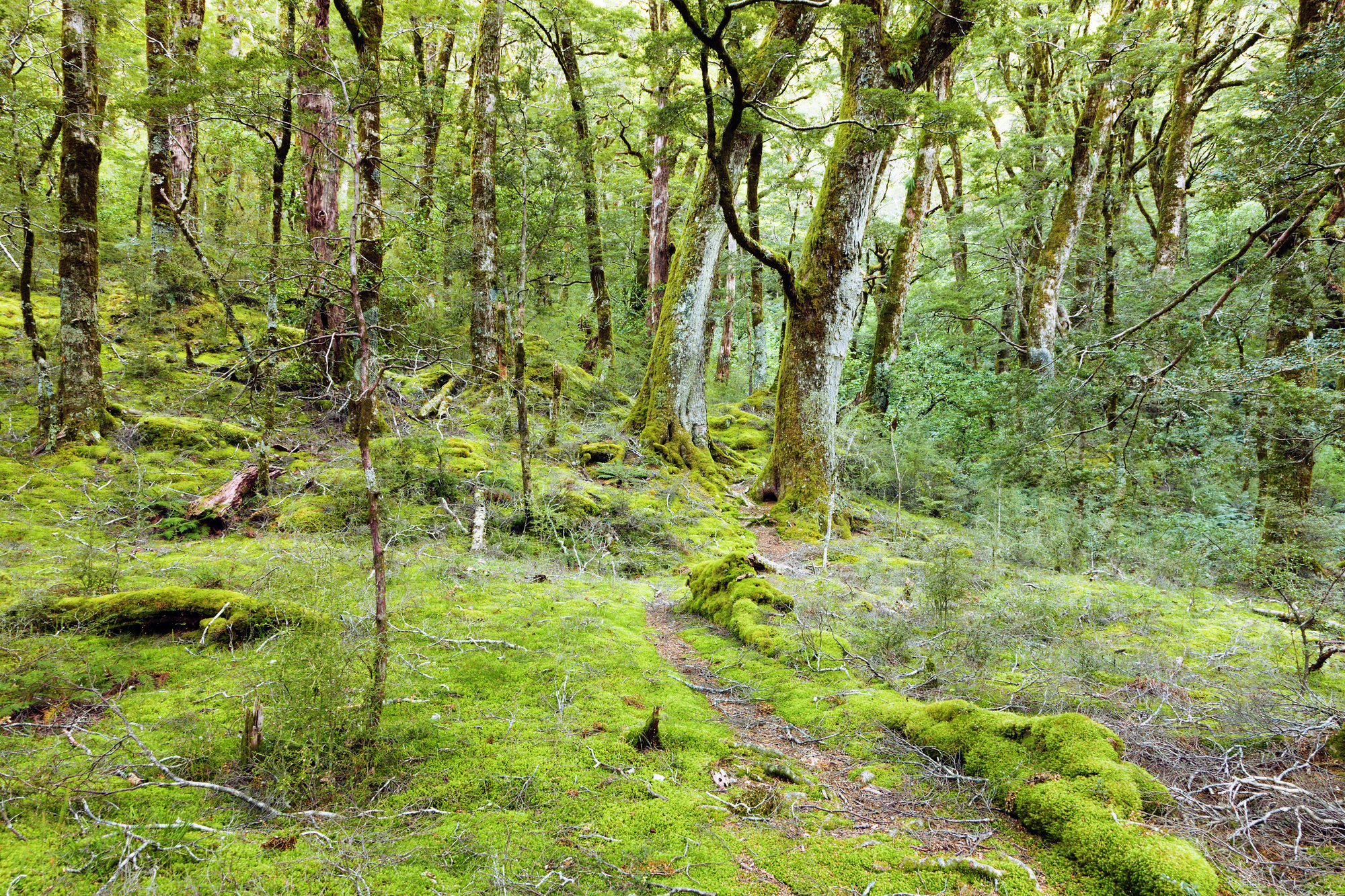
The South Island’s ancient beech forests create a distinctive sweet, musty aroma from their symbiotic relationship with native fungi. The scent intensifies during the humid summer months when forest floors release years of stored organic compounds.
Dawn walks offer the strongest scent experience when overnight dew begins evaporating in the morning sun.
Provençal Lavender Fields

France’s famous purple landscapes create waves of scent that carry for miles during summer blooming seasons. The combination of dry Mediterranean air and intense sunlight concentrates the flowers’ essential oils to extraordinary levels.
Evening visits capture the day’s heat, releasing stored fragrances as temperatures begin to drop.
Like Travel Pug’s content? Follow us on MSN.
Redwood National Park
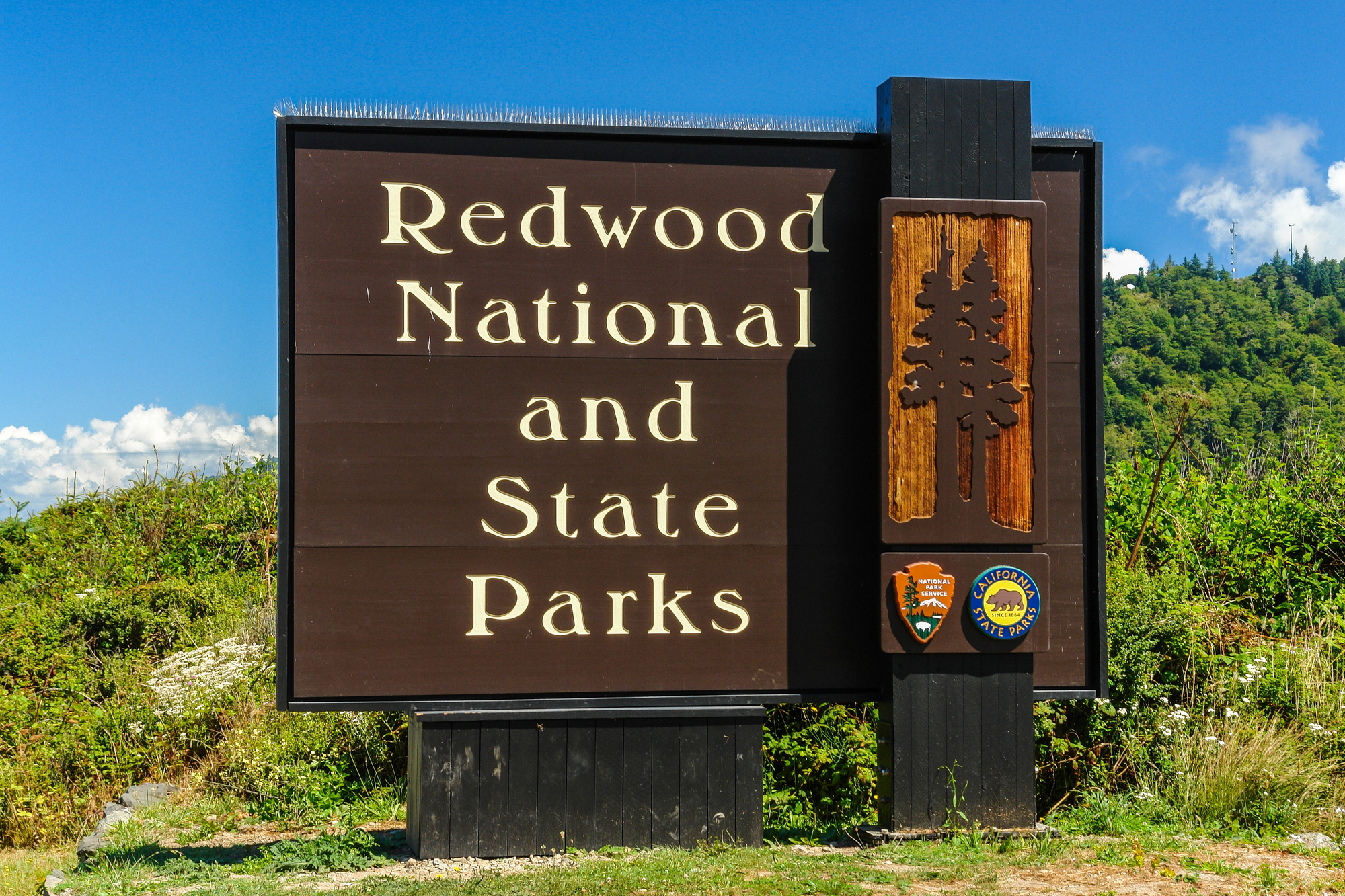
California’s ancient giants create their own weather systems that trap and cycle moisture and scent within the forest. The trees’ natural tannins create a distinctive spicy-sweet aroma that permeates the cool, filtered air beneath the canopy.
Mist frequently forms among the massive trunks, enhancing the distribution of these complex woodland scents.
Irish Peat Bogs
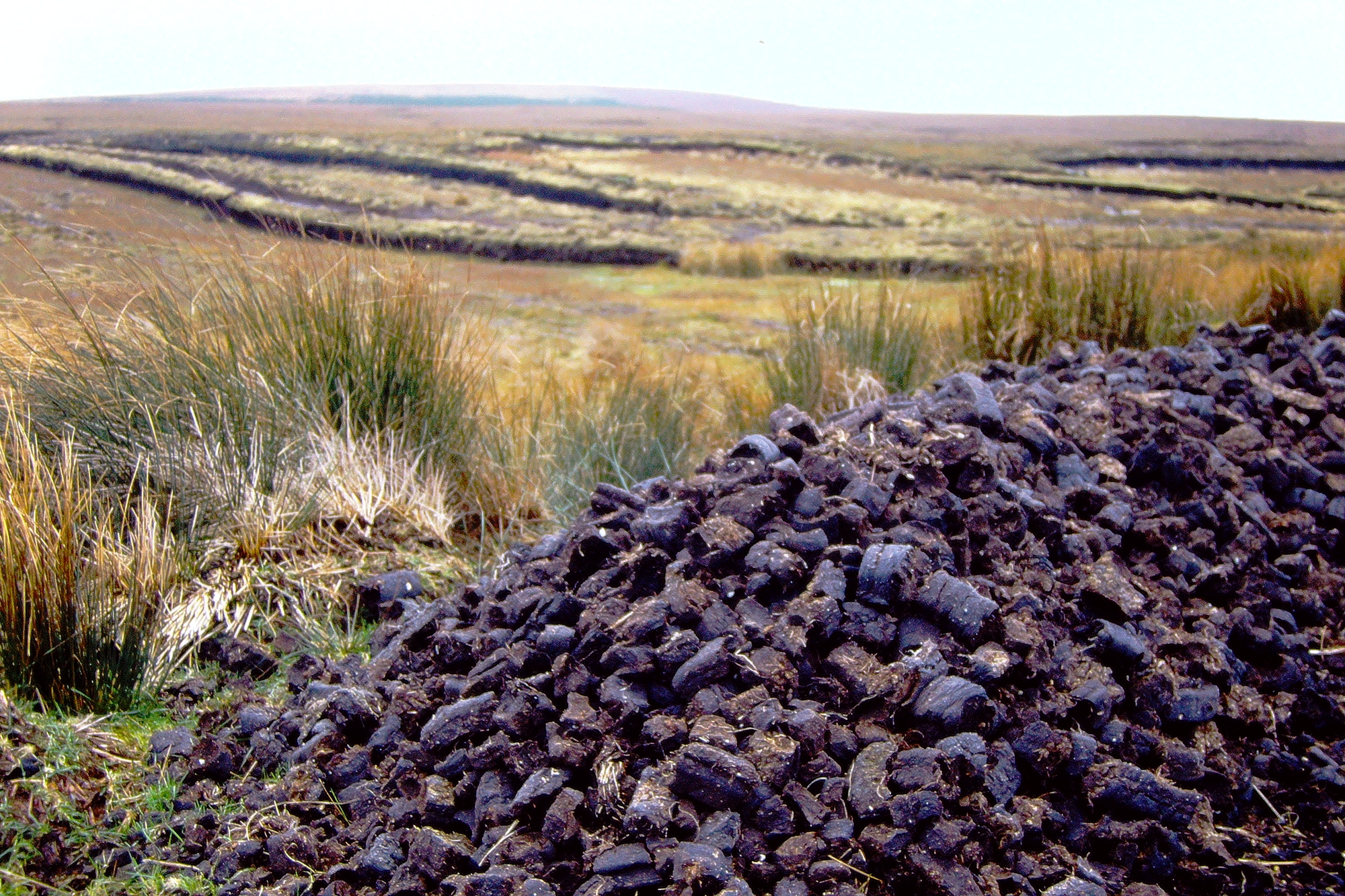
Ireland’s distinctive landscape features peat that’s been harvested for centuries as heating fuel. The rich, smoky scent of peat fires defines rural Irish evenings, especially in winter.
Visitors can experience both the earthy smell of fresh peat being cut and the distinctive smoke from traditional fireplaces that scents entire villages.
Minnesota Boundary Waters
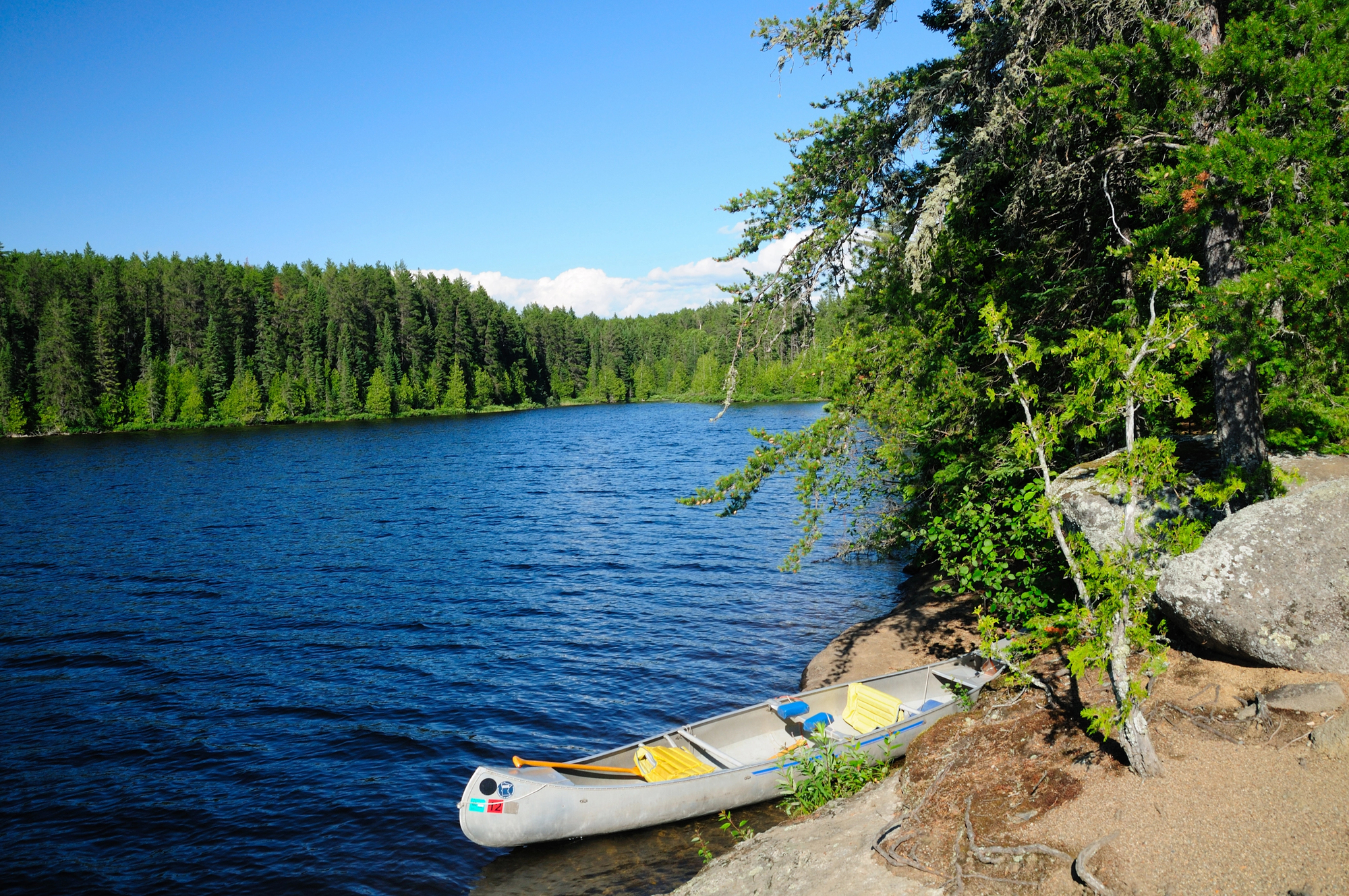
This wilderness area’s 1,100 lakes and dense pine forests create perfect conditions for distinctive forest and rain scents. Lightning-sparked forest fires periodically renew sections of forest, leaving areas where the scent of fresh growth mingles with charred wood.
Paddling through early morning mist delivers concentrated forest aromas carried by tiny water droplets.
Like Travel Pug’s content? Follow us on MSN.
Vietnamese Coffee Highlands
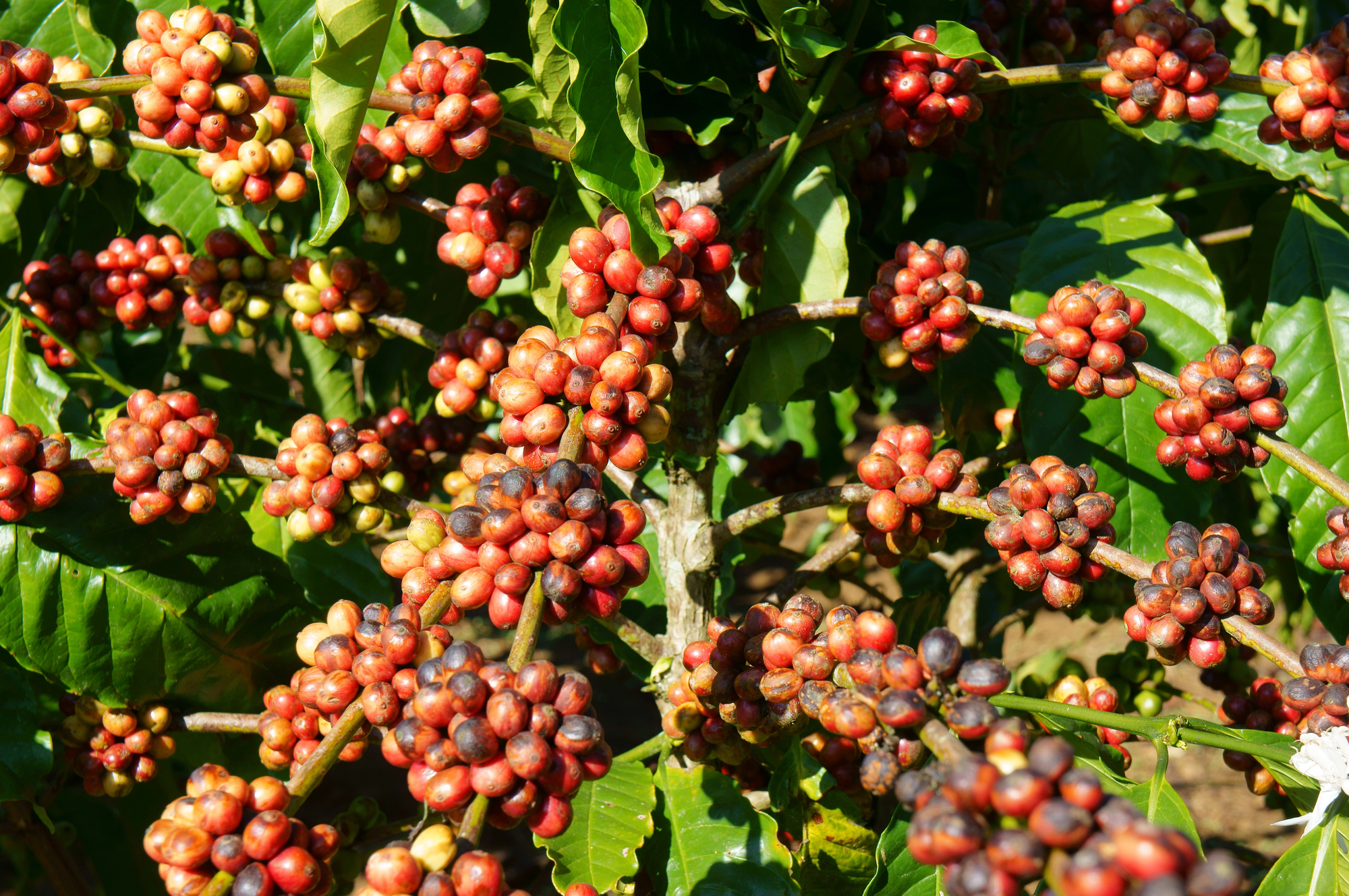
The central highlands feature endless coffee plantations where beans ripen in the mineral-rich soil of ancient volcanoes. Harvest seasons fill the air with the distinctive fruity smell of coffee cherries, entirely different from the familiar roasted bean aroma.
Local processing facilities add layers of fermentation scents to the complex olfactory landscape.
Chilean Fire Trees
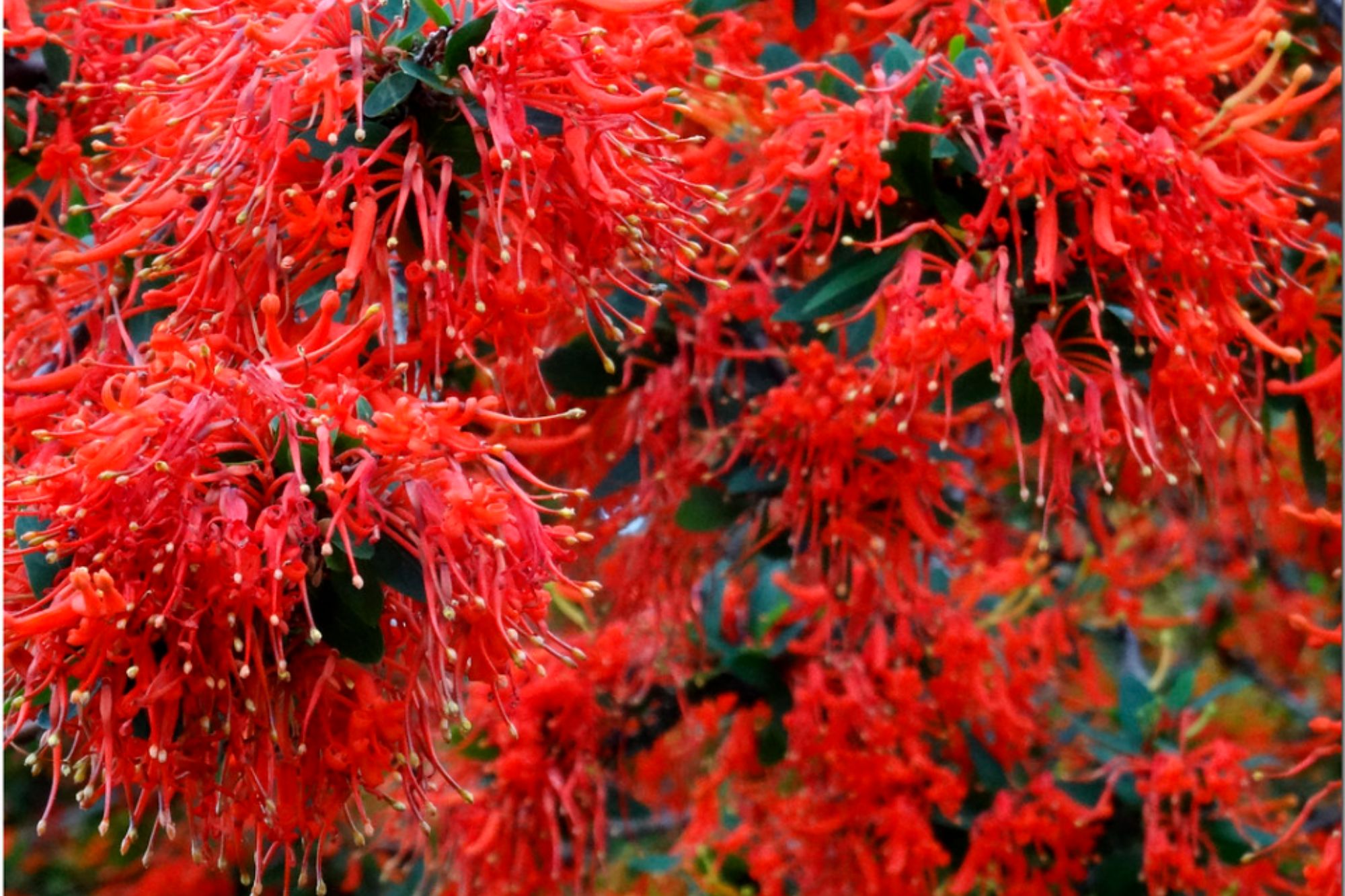
Patagonia’s distinctive firebrush trees produce intense honey-scented blooms that perfume entire valleys. The region’s strong winds carry the fragrance remarkable distances, sometimes alerting hikers to unseen groves miles away.
Local beekeepers produce distinctive honey from these blossoms, capturing the landscape’s essence in concentrated form.
Scottish Whisky Trail
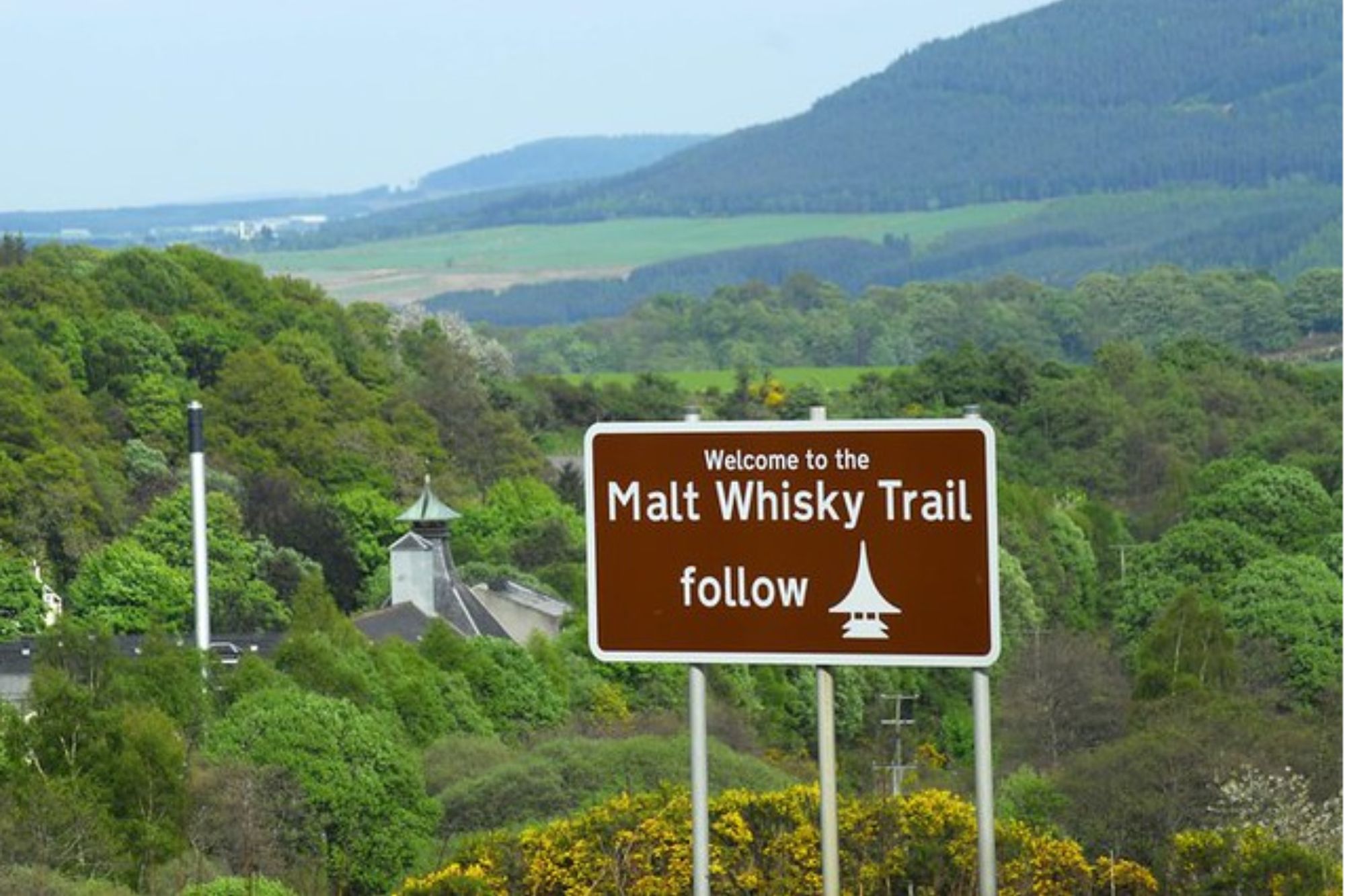
Speyside distilleries use peat-smoked barley and oak aging barrels to create distinctive aromas that define their facilities. The angel’s share—whisky that evaporates during barrel aging—scents the air around storage warehouses with complex vanilla and oak notes.
Traditional distilleries still maintain floor maltings where the sweet smell of germinating barley fills entire buildings.
Like Travel Pug’s content? Follow us on MSN.
Cedar-Built Lebanon
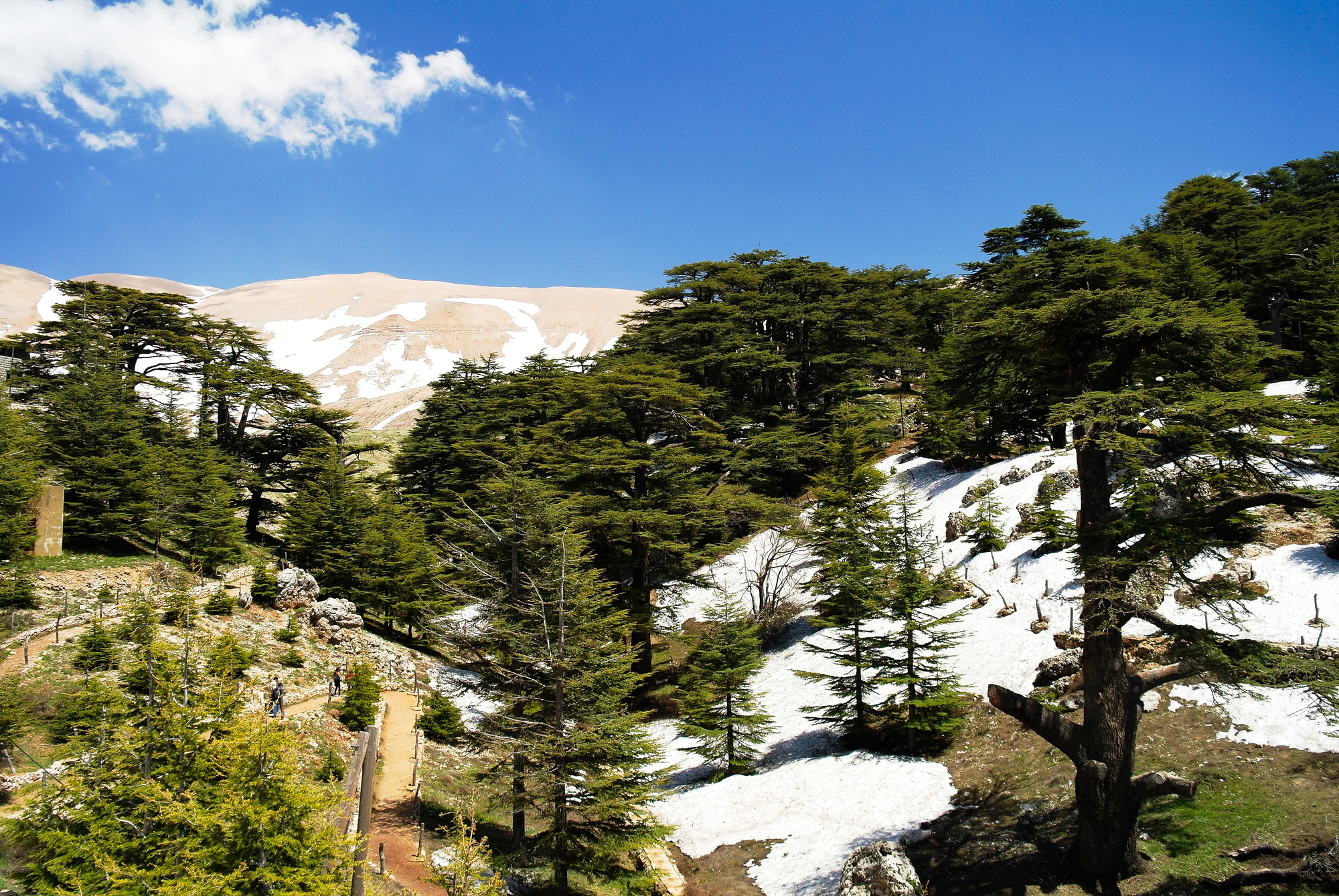
The famed cedars of Lebanon have been prized for construction since ancient times for both beauty and scent. Villages featuring traditional cedar buildings develop distinctive aromas that intensify during summer heat.
The oldest trees, some exceeding 2,000 years, release complex, mature scents different from their younger counterparts.
Indonesian Cinnamon Forests

The world’s highest quality cinnamon grows in remote Indonesian forests where harvesters carefully peel bark from wild trees. Unlike plantation cinnamon, these forest-grown trees produce intensely aromatic bark due to their slower growth cycles.
The harvesting process releases oils that scent entire hillsides during the collection season.
Norwegian Wood Culture
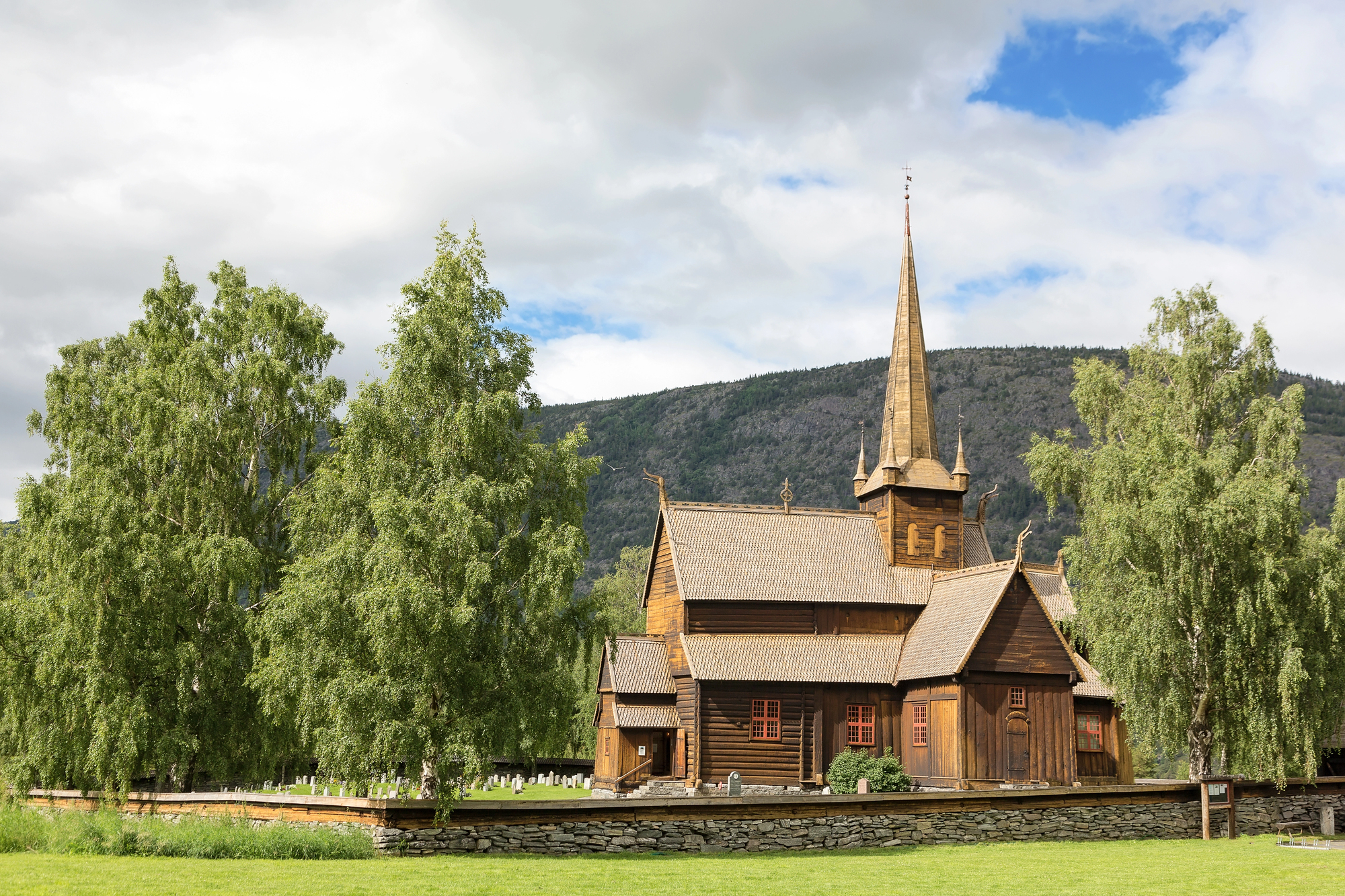
Norway’s traditional wooden buildings, some preserved for centuries, develop complex scents from generations of wood smoke preservation. The combination of pine tar, wood smoke, and aged timber creates distinctive aromas that define historic districts.
Winter visits offer the strongest experience when fresh snow provides clean contrast to these complex, historic scents.
Like Travel Pug’s content? Follow us on MSN.
Madagascar Vanilla Orchards
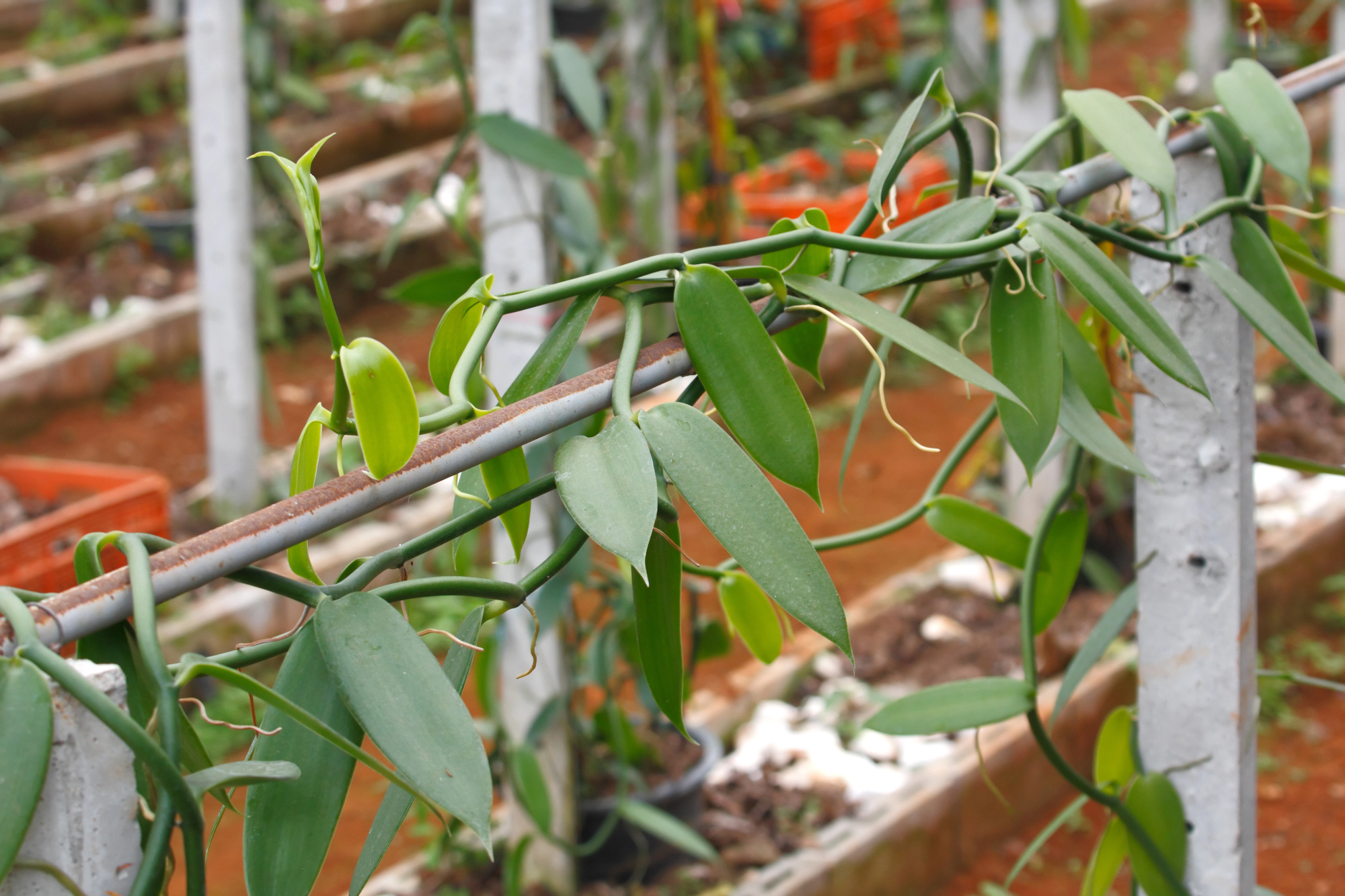
The world’s finest vanilla grows on this island nation, where each bean develops distinctive terroir-based characteristics. Hand pollination and careful curing create opportunities to smell the beans at every stage of development.
The growing regions combine tropical vegetation with the distinctive sweet scent of developing vanilla, creating multilayered olfactory experiences.
Canadian Maple Forests
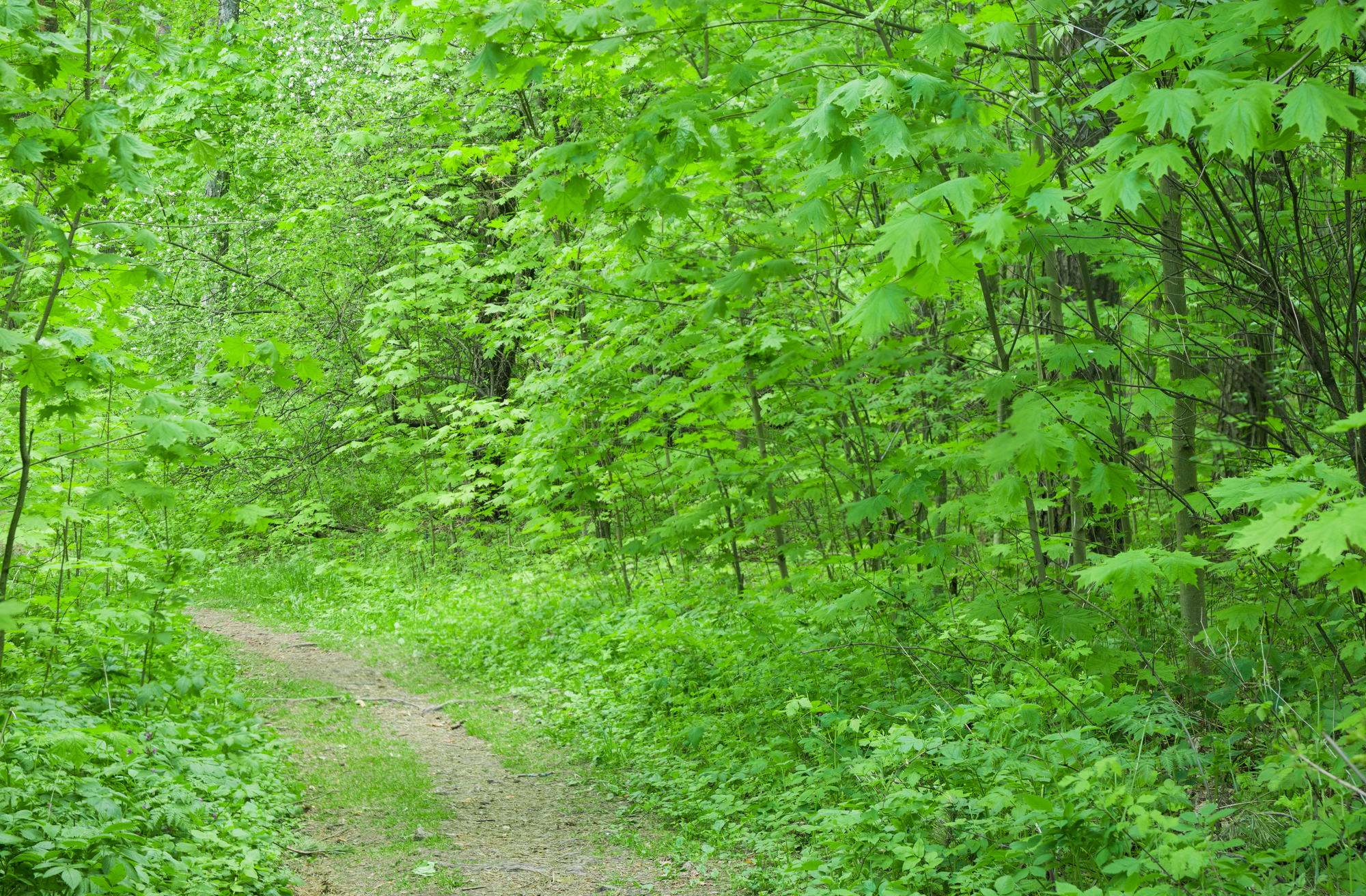
Quebec’s forests offer one of nature’s most distinctive sweet scents during spring tapping season. The process of boiling maple sap into syrup releases steam clouds of intense caramel-like fragrance into the crisp spring air.
Traditional sugar shacks where the processing occurs become perfumed with decades of sweet memories embedded in every wooden surface.
The Memory of Scent
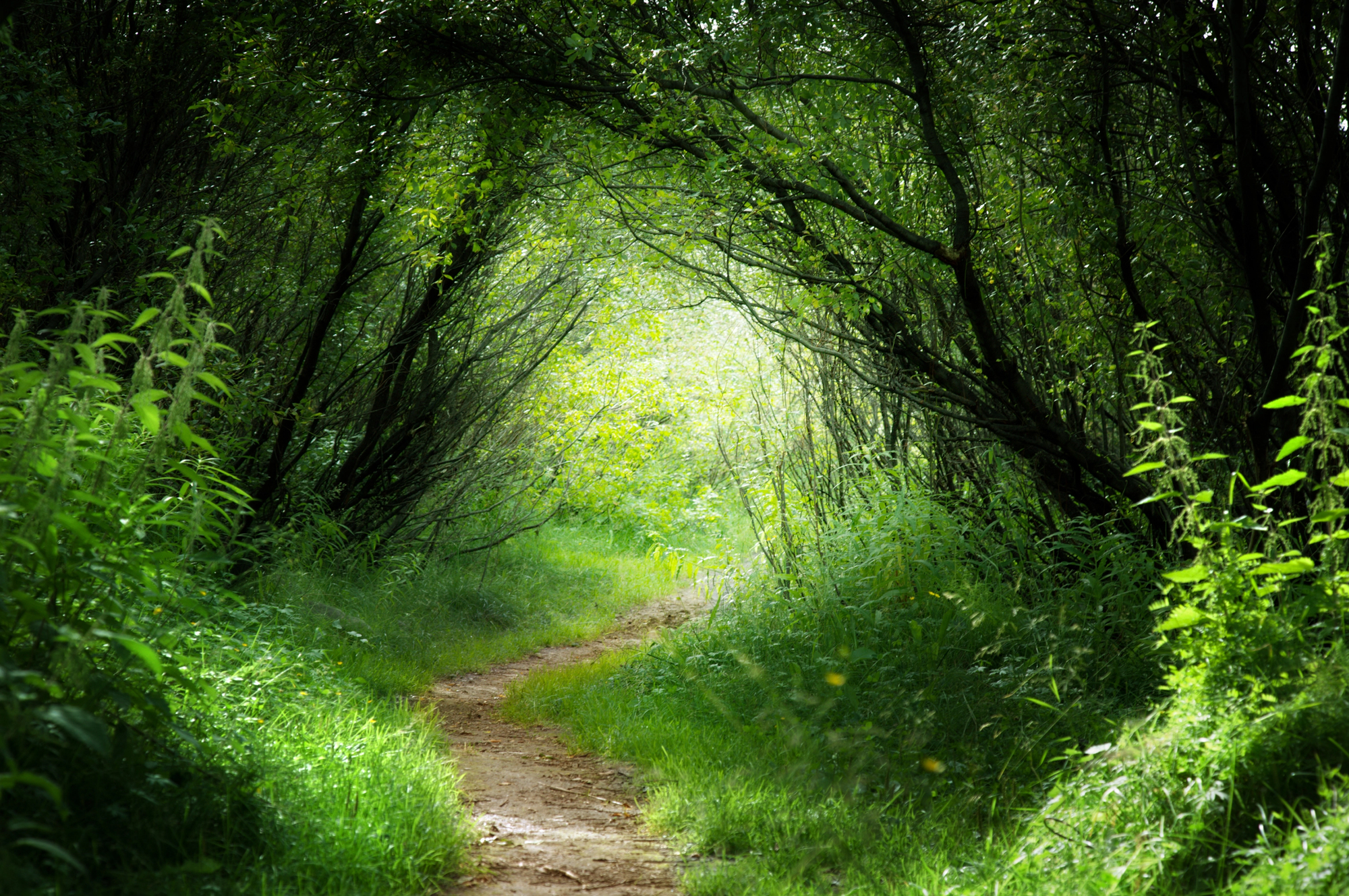
These aromatic destinations offer more than just pleasant smells—they create powerful memory anchors that last long after visual details fade. Our olfactory system connects directly to brain regions processing emotion and memory, making scent-focused travel particularly meaningful.
Years later, a similar aroma encountered at home can instantly transport us back to these distinctive places with remarkable clarity and emotional resonance.
More from Travel Pug

- Cities Growing so Fast You Won’t Recognize Them in 10 Years
- 13 Destinations Where Tourists Regularly Regret Their Trip
- 20 Obscure WWII Sites Even History Buffs Don’t Know About
- 10 Under-the-Radar Mountain Towns That Are Both Affordable and Beautiful
- 20 Abandoned Places That Feel Like Real-Life Post-Apocalyptic Movie Sets
Like Travel Pug’s content? Follow us on MSN.
